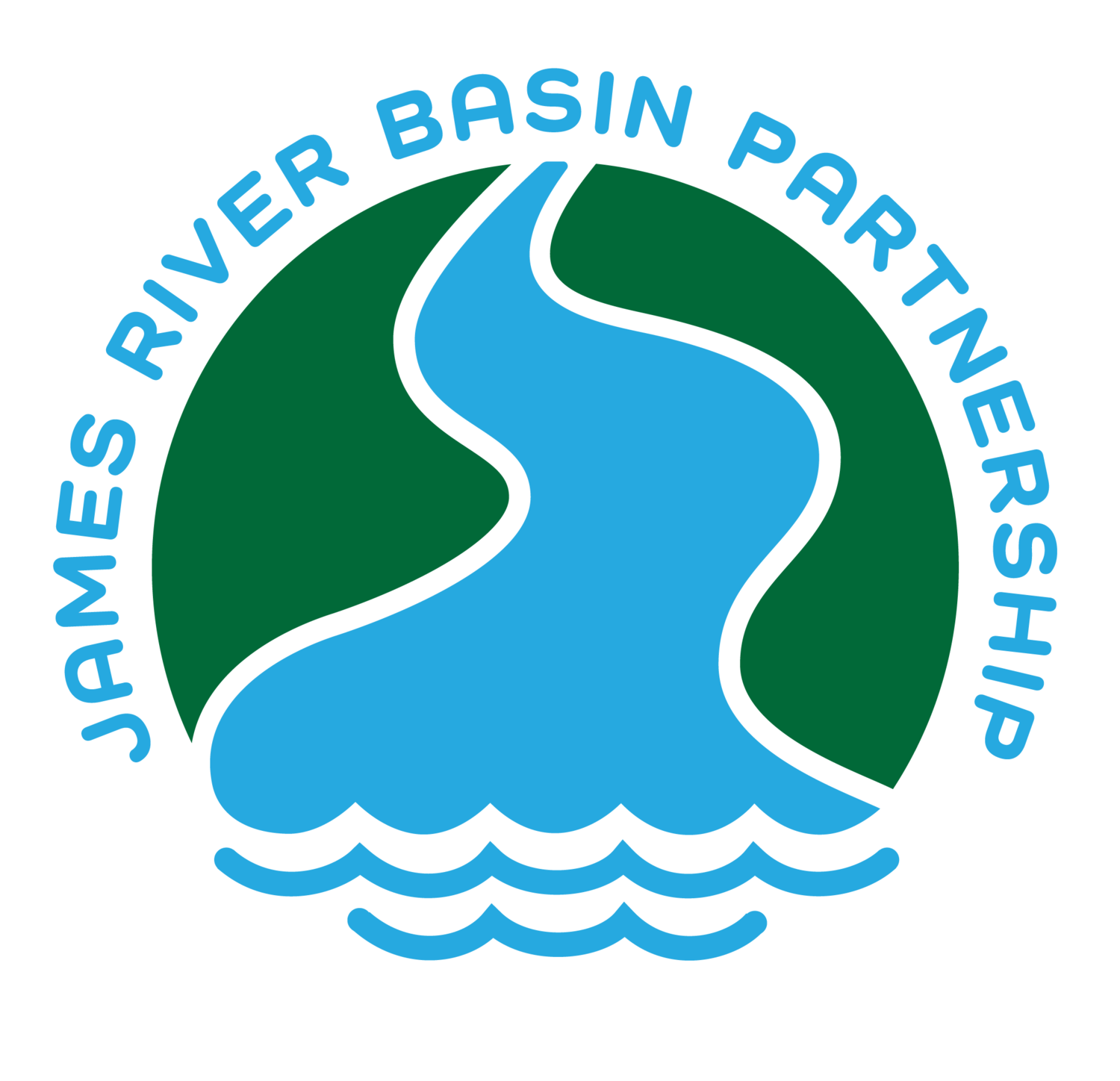This time of year I start thinking about home-grown tomatoes—big juicy slices on BLTs or in fresh Caprese salad with garden basil. But just as those little green morsels start plumping up, the rain often stops—the hot, dusty days of July arrive. That’s when I’m glad I have harvested rainwater to cool off and refresh those thirsty vines, as well as my beets, carrots, lettuce and flowers in pots. I capture water flowing off of my garage and a garden shed and direct it into a tank on a raised platform. I’m really proud of my system. To me, it’s an engineering triumph, even if at a miniature scale.
Here are a few basic things to keep in mind as you design and build your rainwater harvesting system:
1) Consider how much water you think you’ll need. Do you have a big garden, or one raised bed? Six plants in pots on the deck, or a full-blown greenhouse? Most nurseries and garden centers can give you general guidance on about how much water different plants require.
2) Try to store enough water to get through a few weeks of no rain (a month, if possible). During a southwest Missouri growing season, May through September, we get about 22 inches of our 40-inch annual allotment of rain. A roof catchment will deliver about six-tenths of a gallon of water per square foot in a one-inch rain. Consider catching water from the roof sections nearest where you’ll need the water. Roughly measure the size of the roof sections to be captured. If you have a roof section ten by ten feet such as a small shed, or 100 square feet, it will deliver about 0.6 X 100 X 22 or 1,320 gallons over the five-month growing season. Most yards or gardens won’t need that much water in storage, but if feel you need 300 gallons to get you through a three-week drought, plan on storing that much.
3) Consider putting your barrel or tank on a raised platform. You get about 2.3 pounds per square inch of pressure per foot of height of the water surface above the ground. If the top of your barrel is five feet off the ground, there will be about 12 psi at the bottom tap. Considering that the municipal water system has about 50 to 60 psi, your barrel’s pressure is pretty weak. I like to water through a garden hose or a drip irrigation system (plastic pipe with holes), which works pretty well at 15-20 psi (water surface 6 ½ to 9 feet off the ground).
4) Make sure your barrel or tank is opaque, not clear or translucent. If sunlight gets to the water, algae will grow. Soon you’ll have green water, a green film on the tank, and more sludge at the bottom of the tank. Also, make sure any openings into the barrel or tank (at the top, or an overflow) are screened with a fine-mesh screen to prevent entrance of mosquitoes.
5) Consider a “first-flush” diverter system. This keeps leaves, dirt and debris out of the barrel or tank. Most rain barrels use a simple filter screen or cloth at the top to catch debris coming out of the downspout. This is fine, but the barrel will always get a build-up of dirt in the bottom, potentially leading to odors, and will probably have to be cleaned out at least once each season. The water going into the tank or barrel will be much cleaner if the first flush, the first water coming out of the gutters at the start of the rain, is diverted away from the tank. This is especially important for bigger tanks, which are harder to take down and clean. There are commercial diverter kits available, but I made mine with a vertically mounted, 4-inch PVC pipe that takes water off the roof gutter. This pipe has a clean-out plug at the bottom. Near the top, a smaller pipe delivers the overflowing water into the tank. Most of the first flush dirt and leaves go to the bottom of the 4-inch pipe, and can be cleaned out after the rainstorm.
Rainwater harvesting is simple and fun, and the stored water really pays off in the summertime. Plants love the soft, non-chlorinated rain water. By using rainwater for garden and landscaping needs, you are also using less piped in public drinking water, reducing your water bill and stress on the water supply. If you need water for your garden or landscape, there is really no good reason not to capture and use free rainwater — and don’t forget about JRBP’s Rain Barrel rebate program for residents of Springfield, Greene and Christian counties!
Loring
Photo: Randall Willoughby




